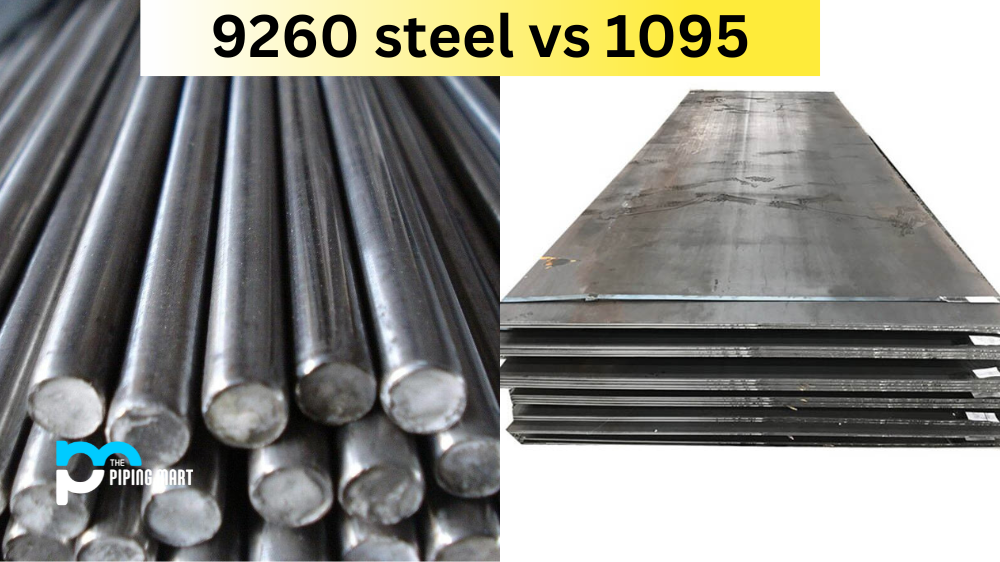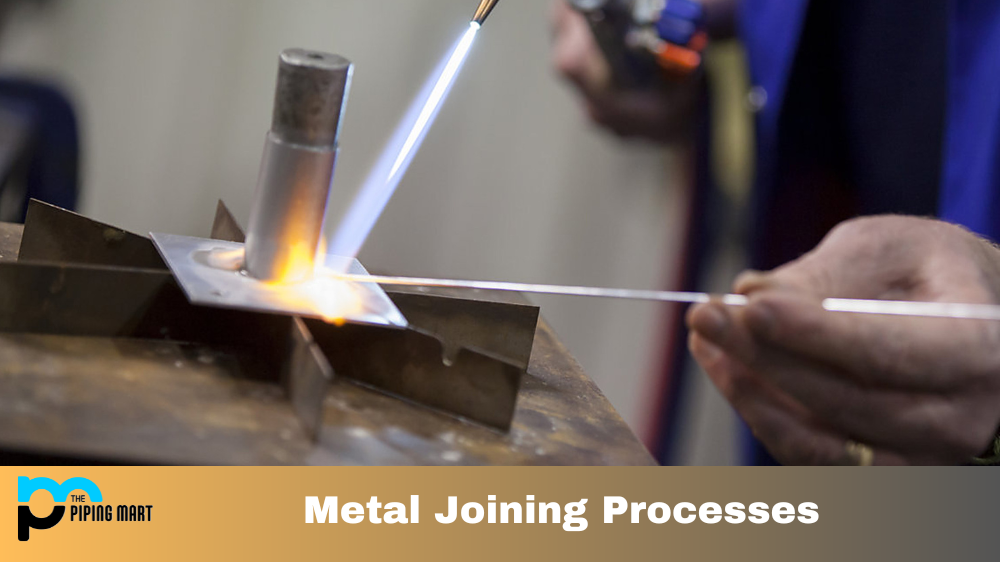As engineers and materials scientists, we have to be conscious of material selection when designing products. Selecting the right material can make or break a product’s success. In this post, we will look at the advantages and disadvantages of titanium and lead as materials for manufacturing applications.
Benefits of Titanium
Titanium is an excellent choice for a lightweight, durable material with good strength-to-weight ratios. It is corrosion-resistant, non-magnetic, non-toxic, and can withstand high temperatures. This makes it perfect for aerospace applications where weight and heat resistance are necessary. It also has excellent fatigue properties, which makes it ideal for demanding applications such as automotive components. Titanium is more expensive than other materials, but its unique qualities make it worthwhile in many cases.
Benefits of Lead
Lead has many useful qualities that make it suitable for manufacturing applications. Lead is extremely malleable, so it can be easily formed into complex shapes without breaking or cracking under pressure. It is also very corrosion resistant, which makes it ideal for use in environments with harsh conditions, such as marine applications. Additionally, lead is relatively inexpensive compared to other metals, so it’s an attractive option for cost-conscious manufacturers who don’t need titanium or steel’s strength or heat resistance.
- Titanium is a stronger metal than lead.
- Titanium is more expensive than lead.
- Lead is denser than titanium.
- Lead is more malleable than titanium.
- Titanium is more corrosion-resistant than lead.
Conclusion:
When selecting a material for manufacturing applications, there are several factors to consider, including weight, strength, cost, corrosion resistance, heat resistance, and malleability. Both titanium and lead have their own unique benefits that make them suitable materials in certain situations; however, they should not be used interchangeably as they have different characteristics that may not work in all circumstances. Engineers and materials scientists must carefully weigh their options when selecting a material to ensure they select the best solution for their specific application needs.

A passionate metal industry expert and blogger. With over 5 years of experience in the field, Palak brings a wealth of knowledge and insight to her writing. Whether discussing the latest trends in the metal industry or sharing tips, she is dedicated to helping others succeed in the metal industry.




